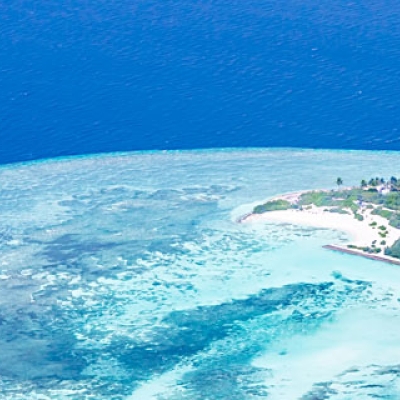
Resilient Design Can Ameliorate Extreme Storm Impacts
By Joyce Maschinski / On May 7th, 2012
Variable climate patterns are predicted to be the new norm in today’s changing climate. No longer can we rely on our normal precipitation levels or temperatures. Models foretell increased storm frequencies and intensities as sea surface temperatures climb. The impacts of climate change affect all of us and our planet’s rare fauna and biota. Yet we often don’t appreciate the immense responsibility we hold until we’ve had personal experience with an extreme event.

